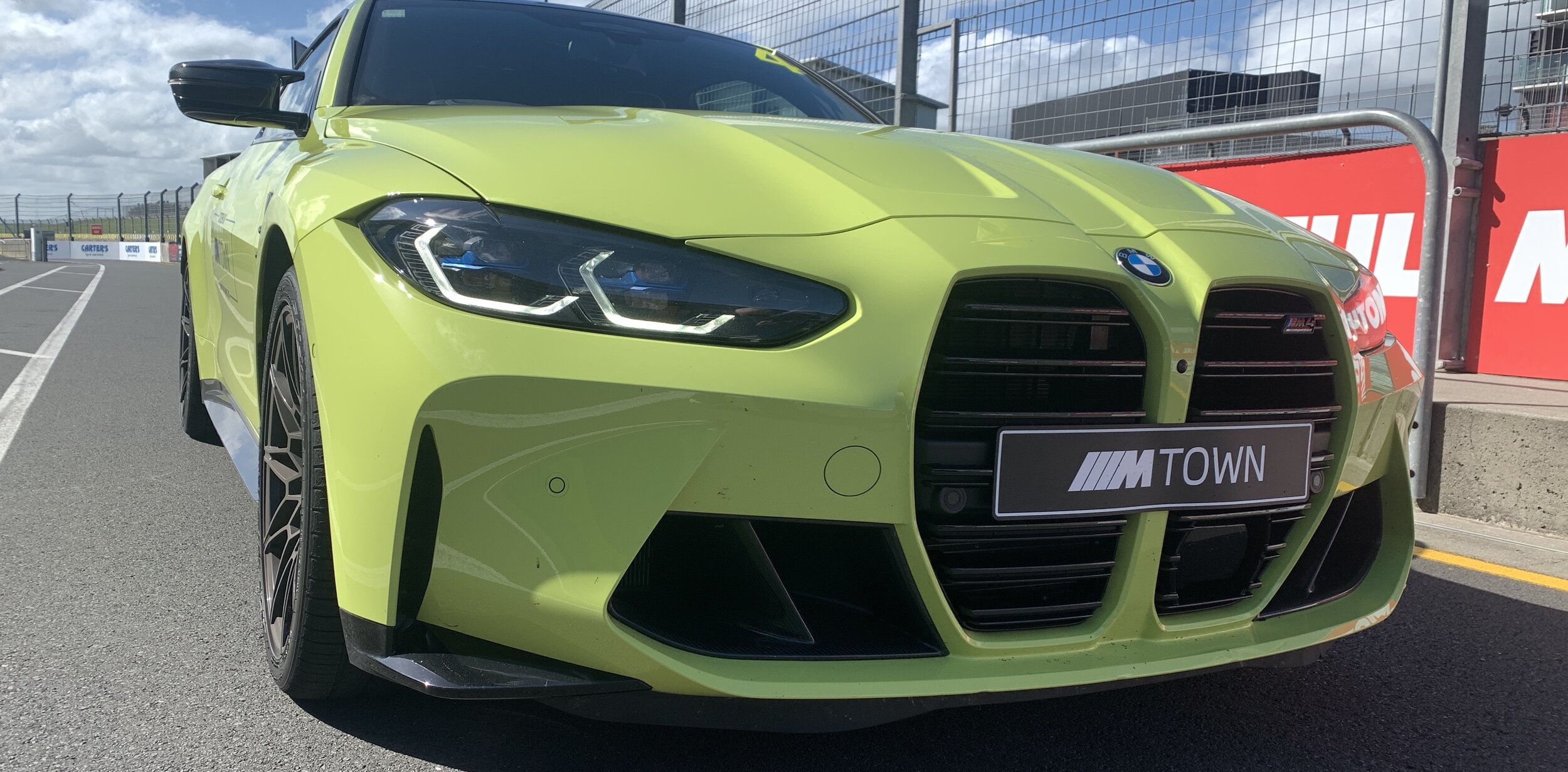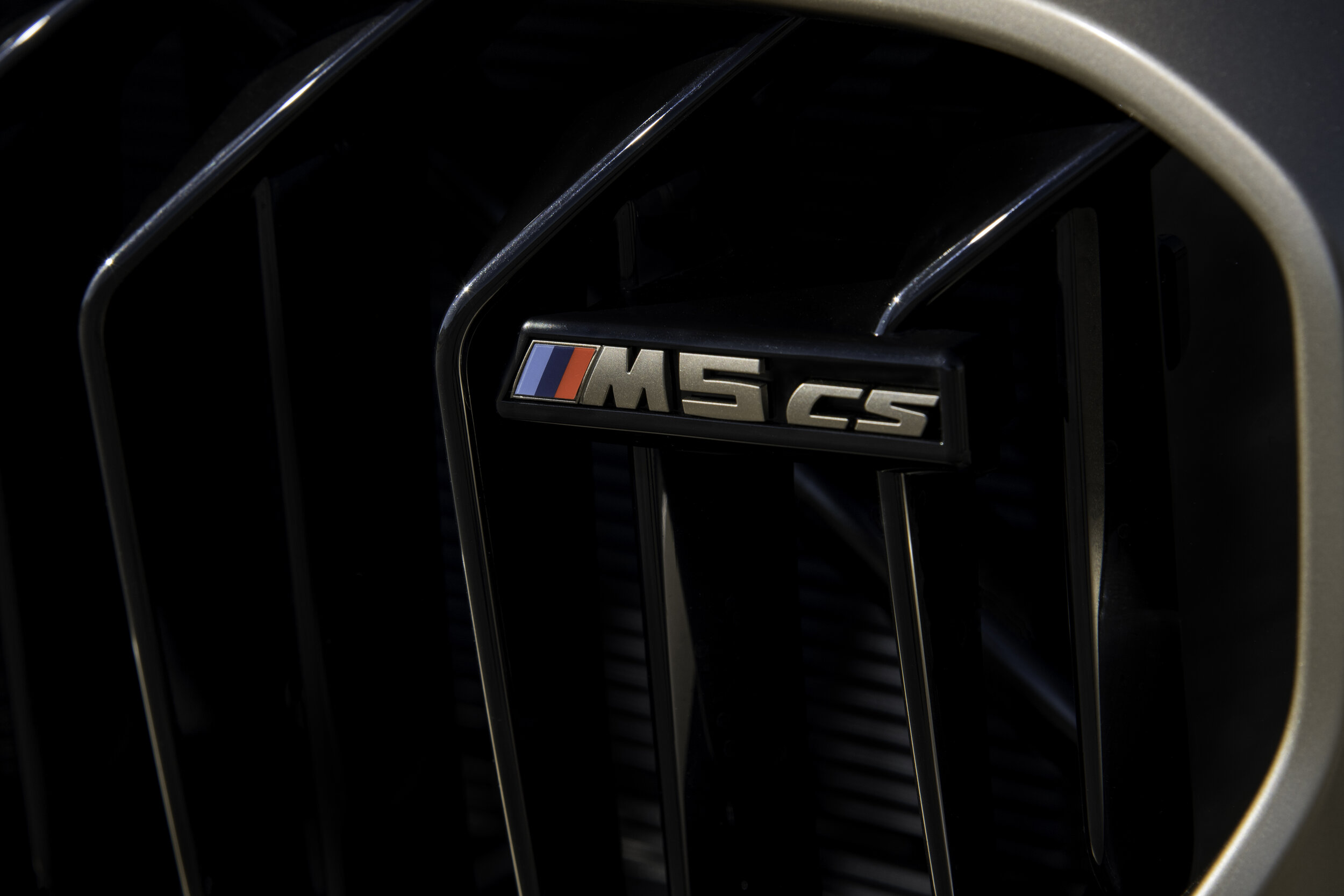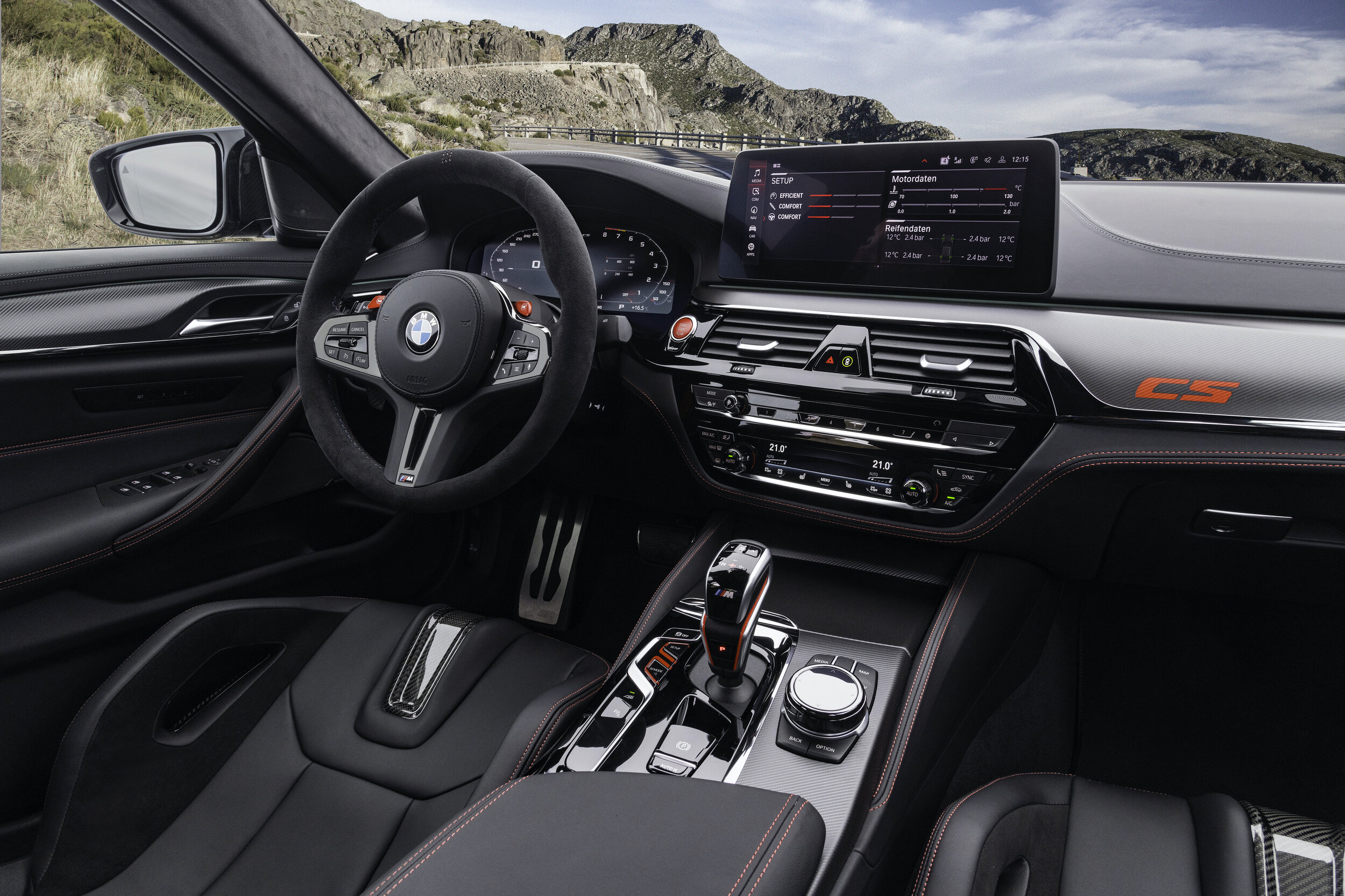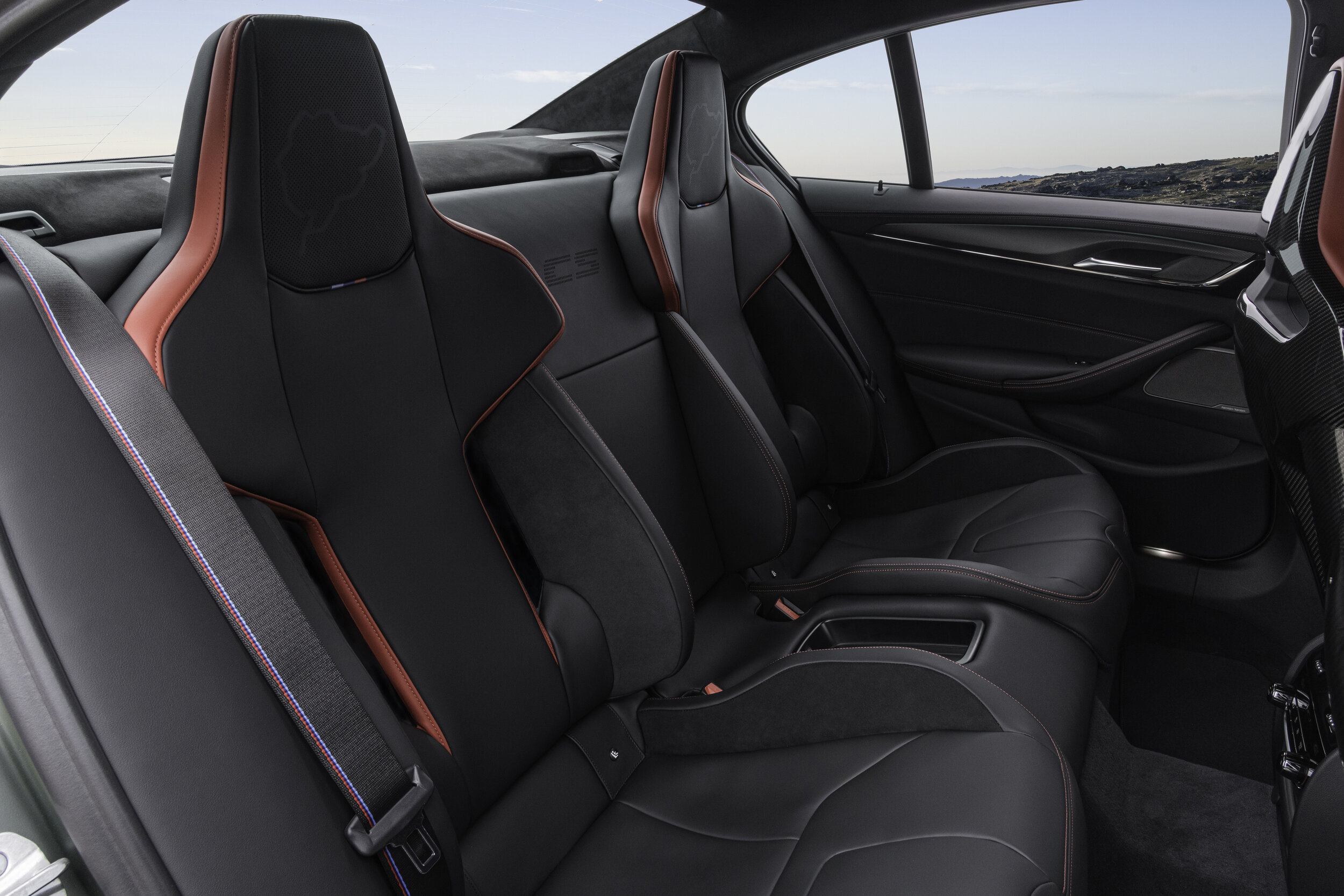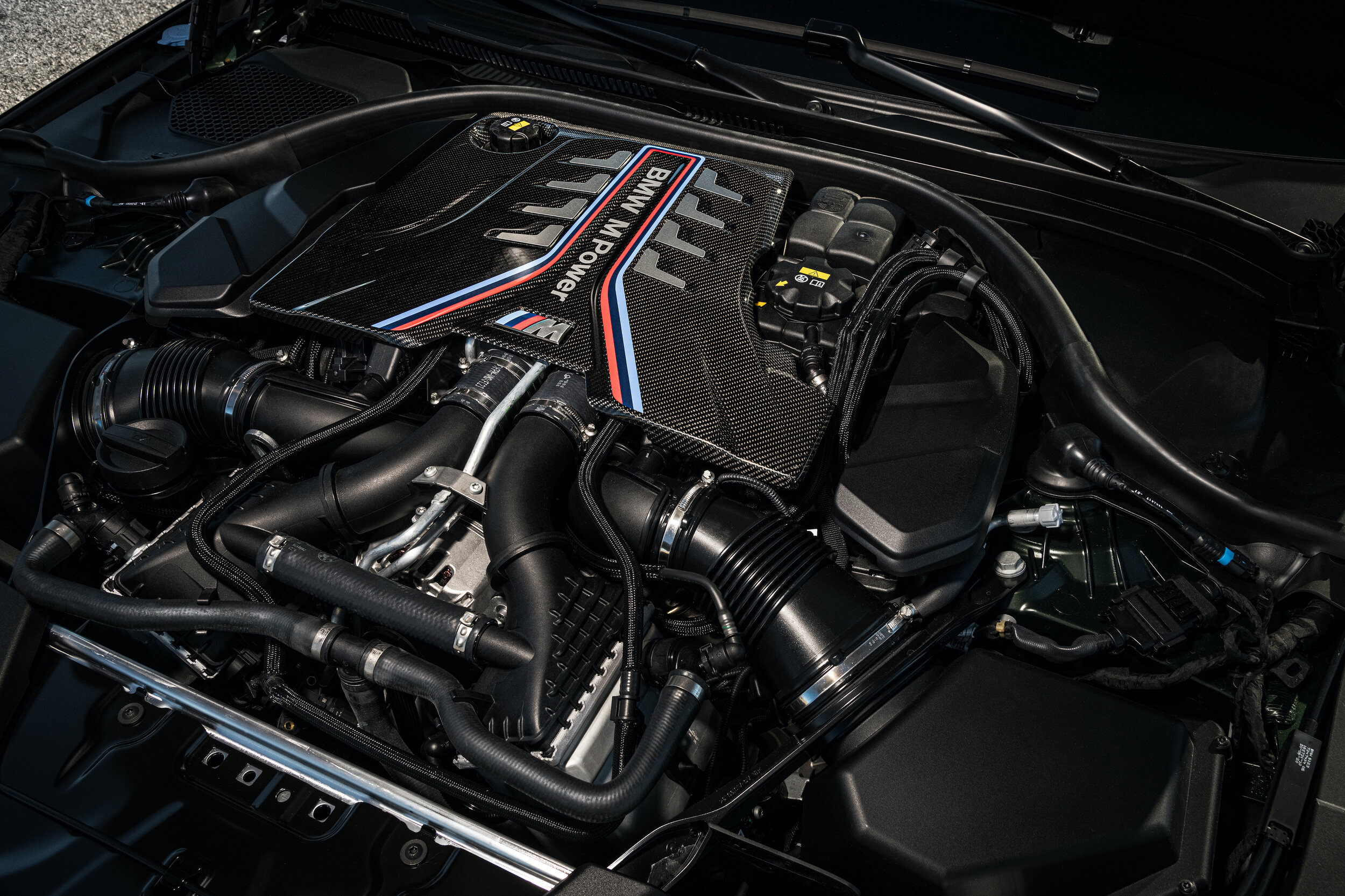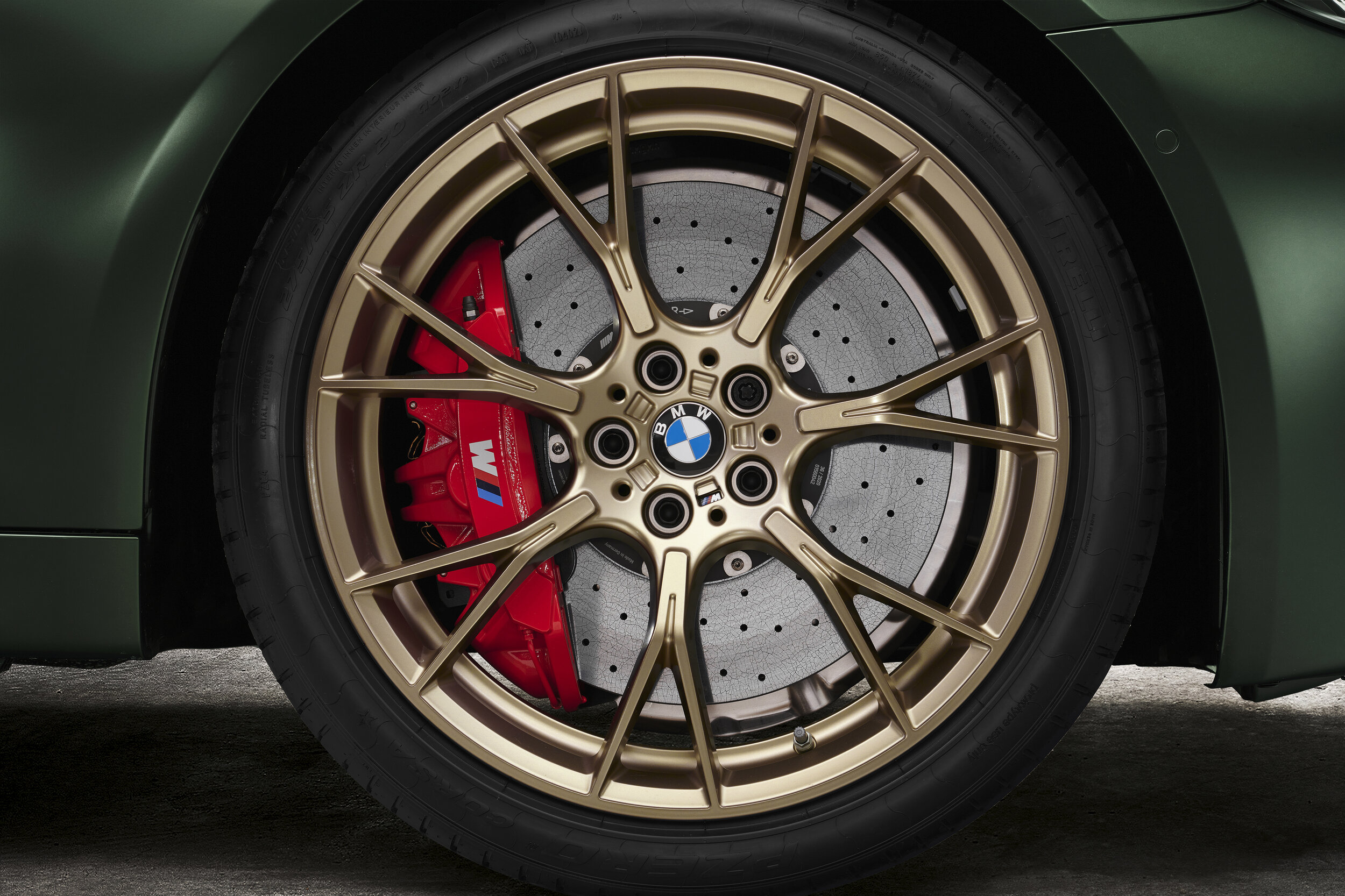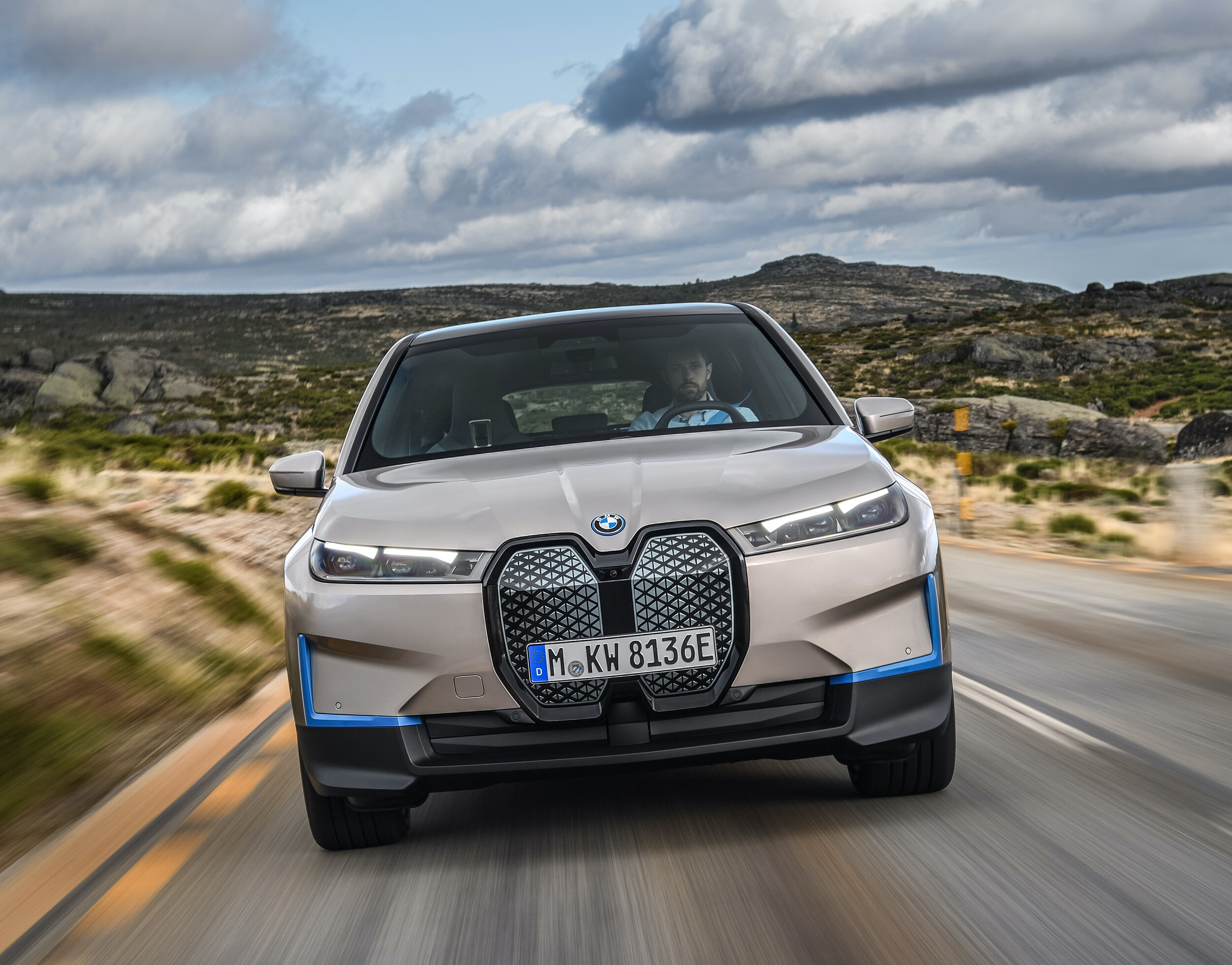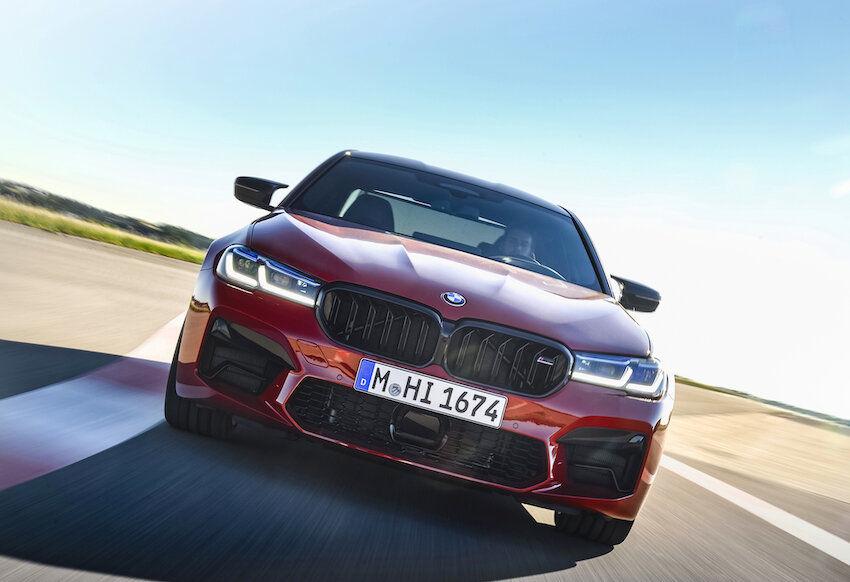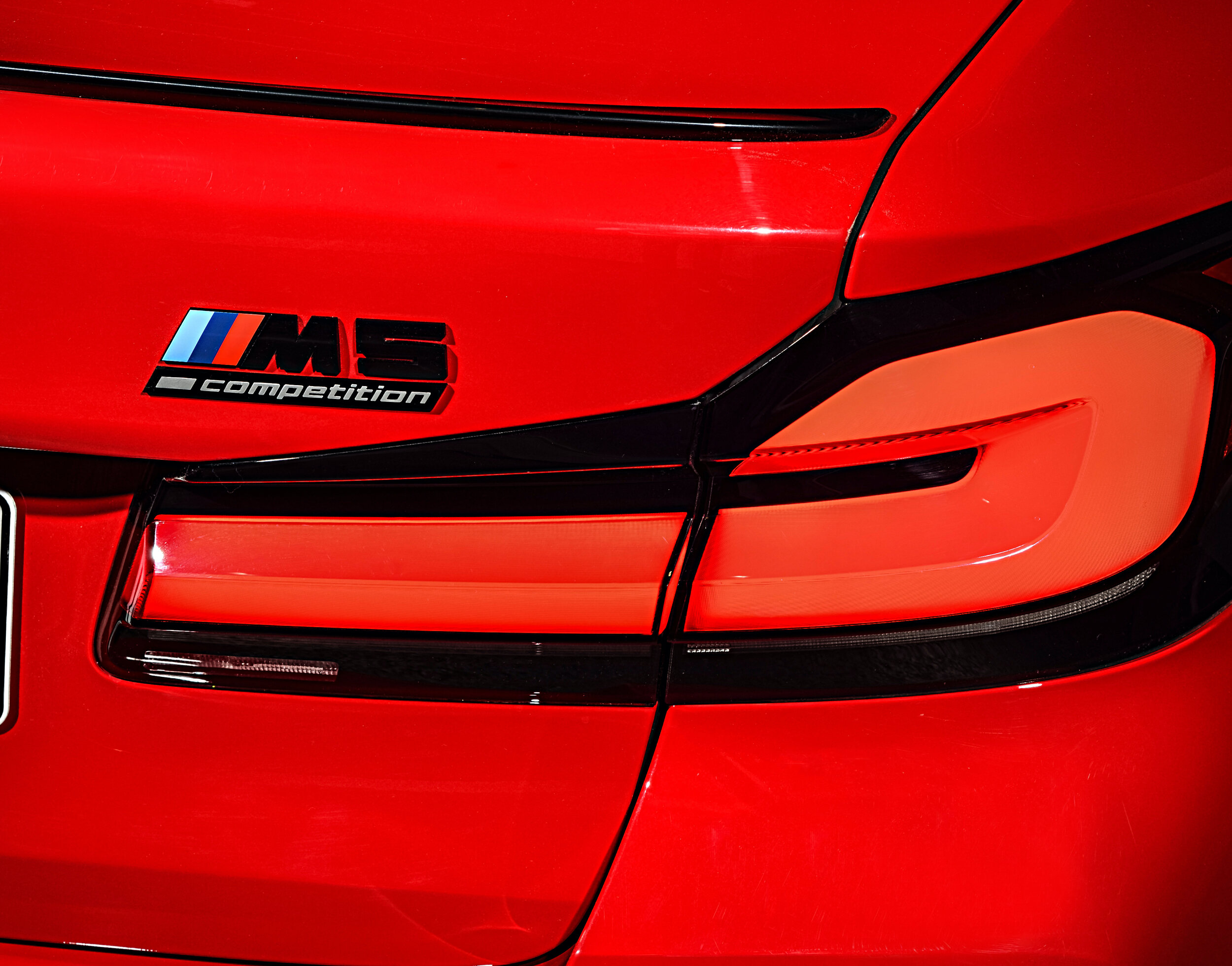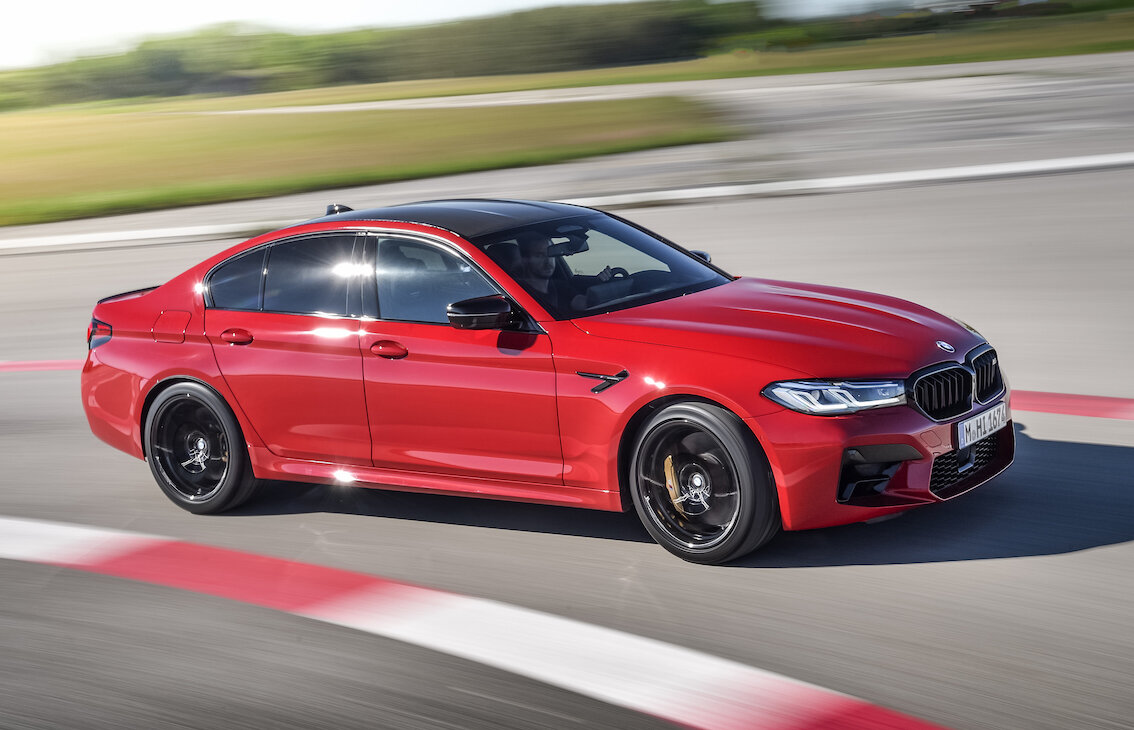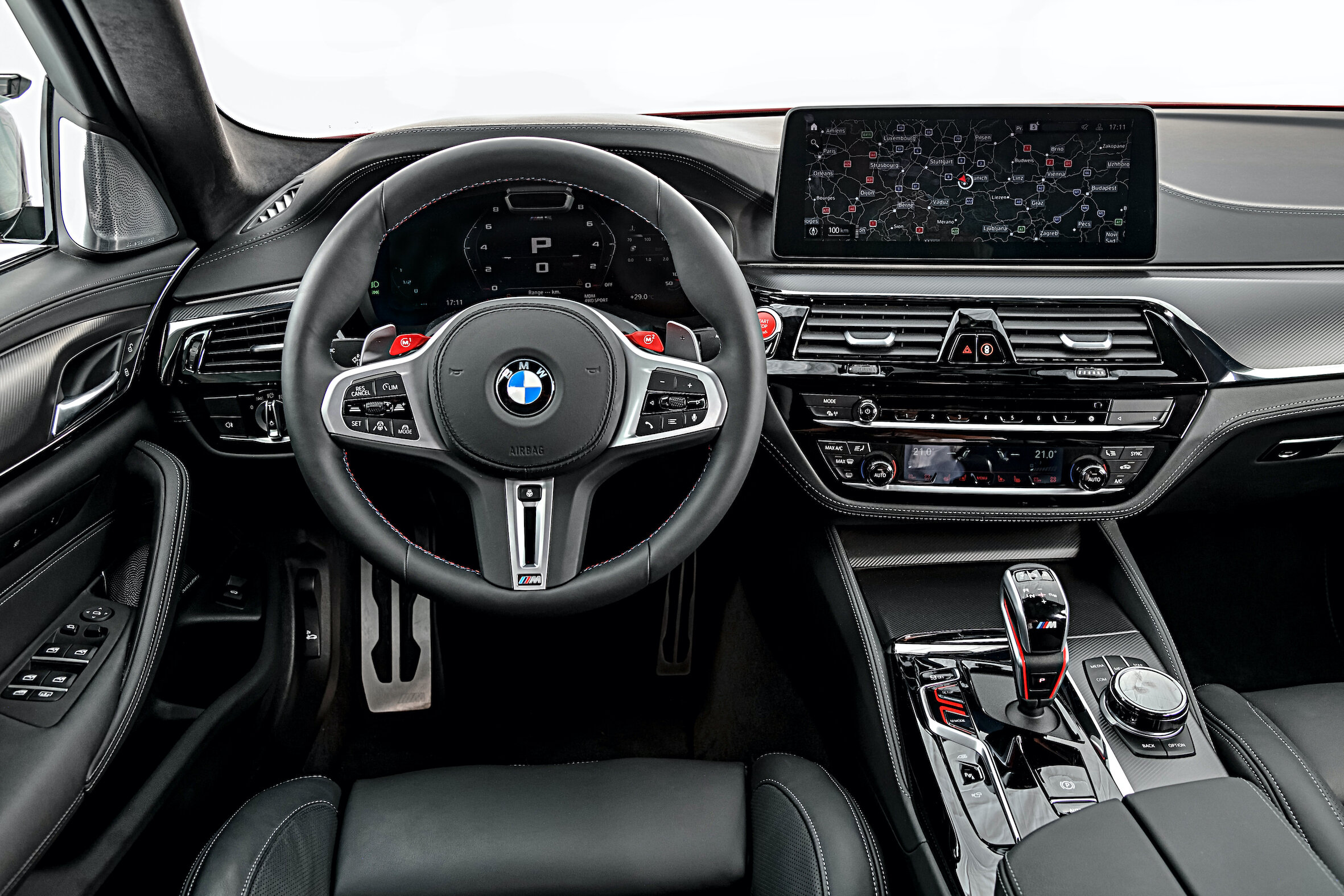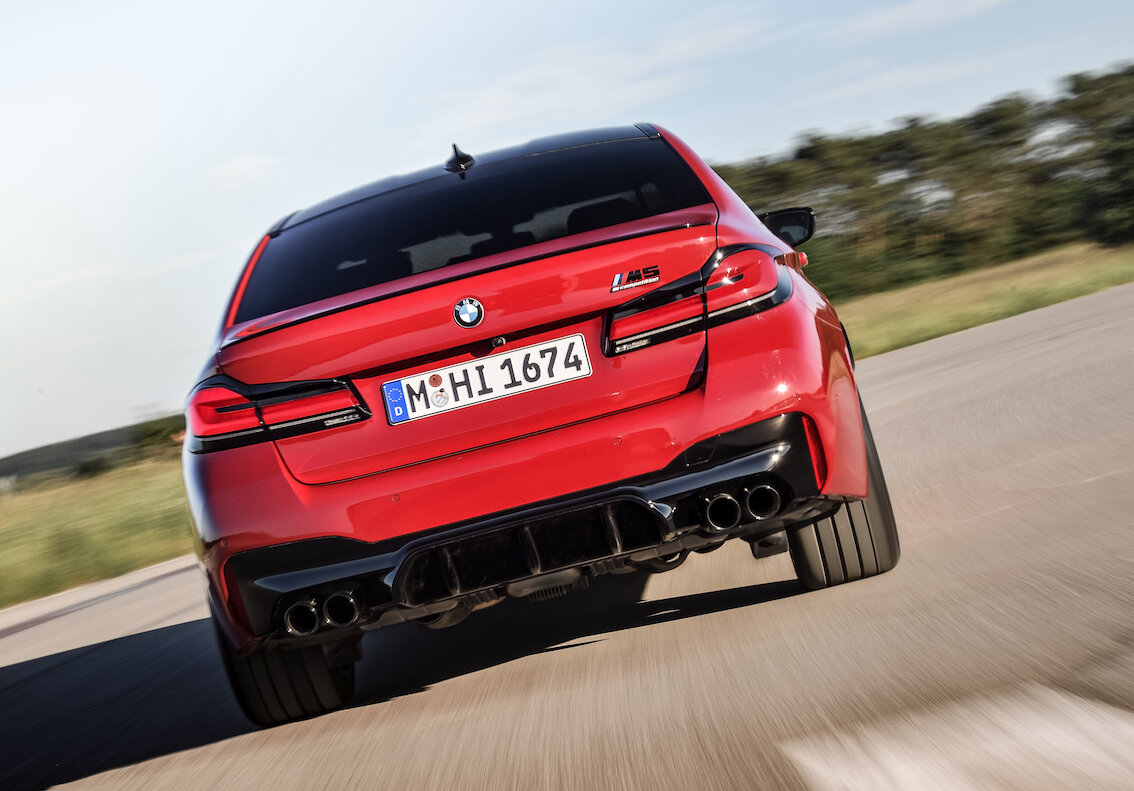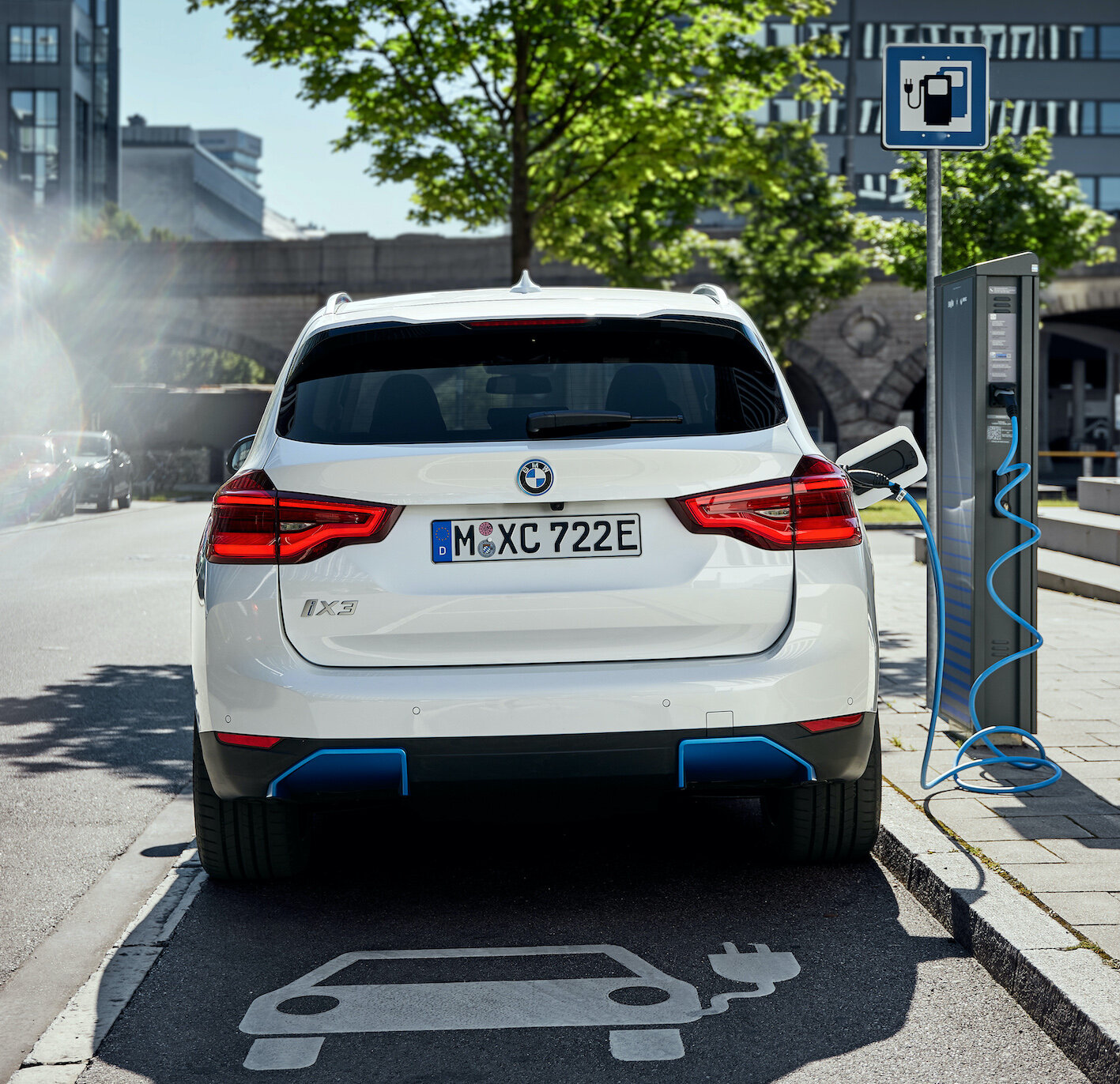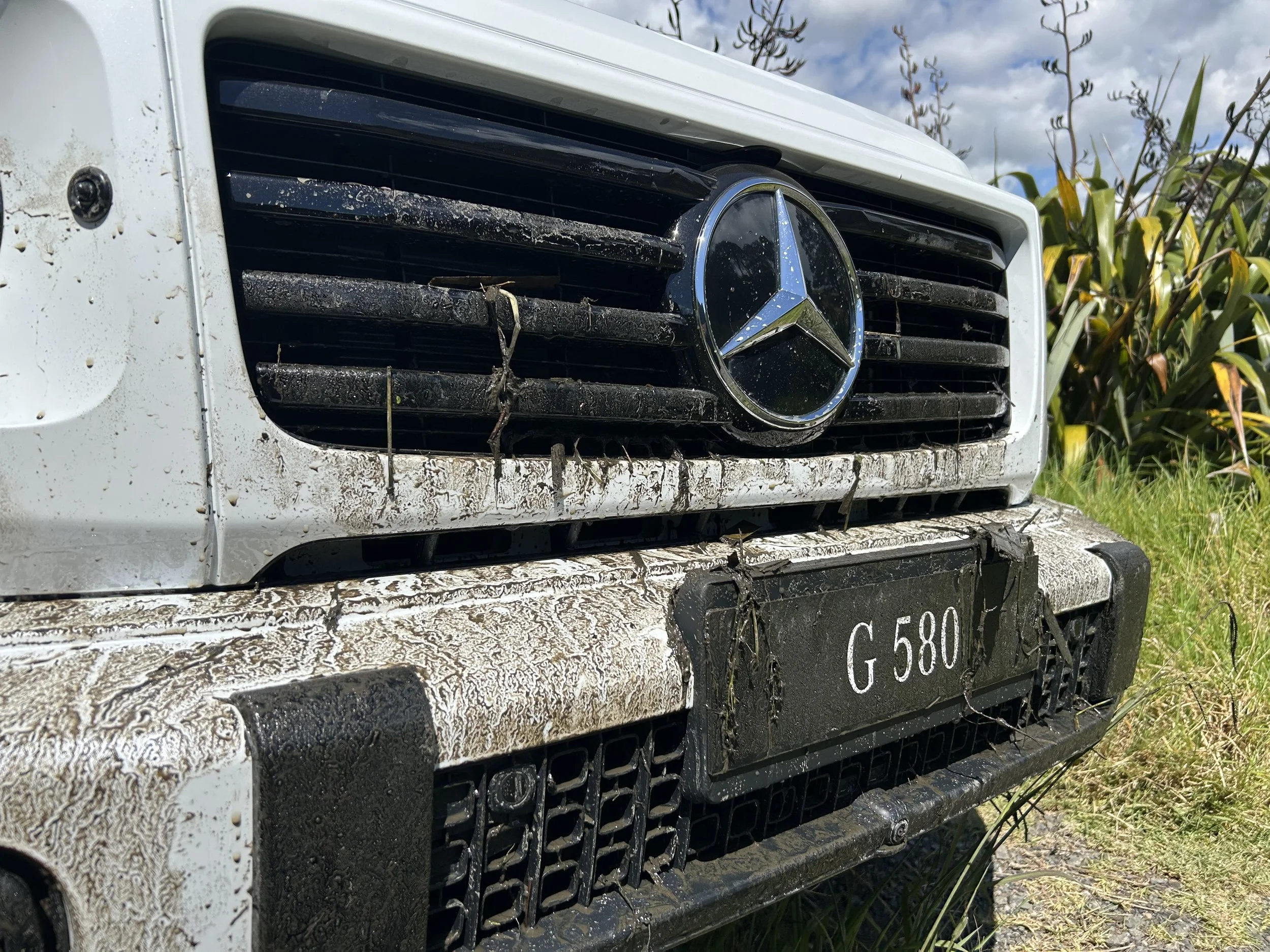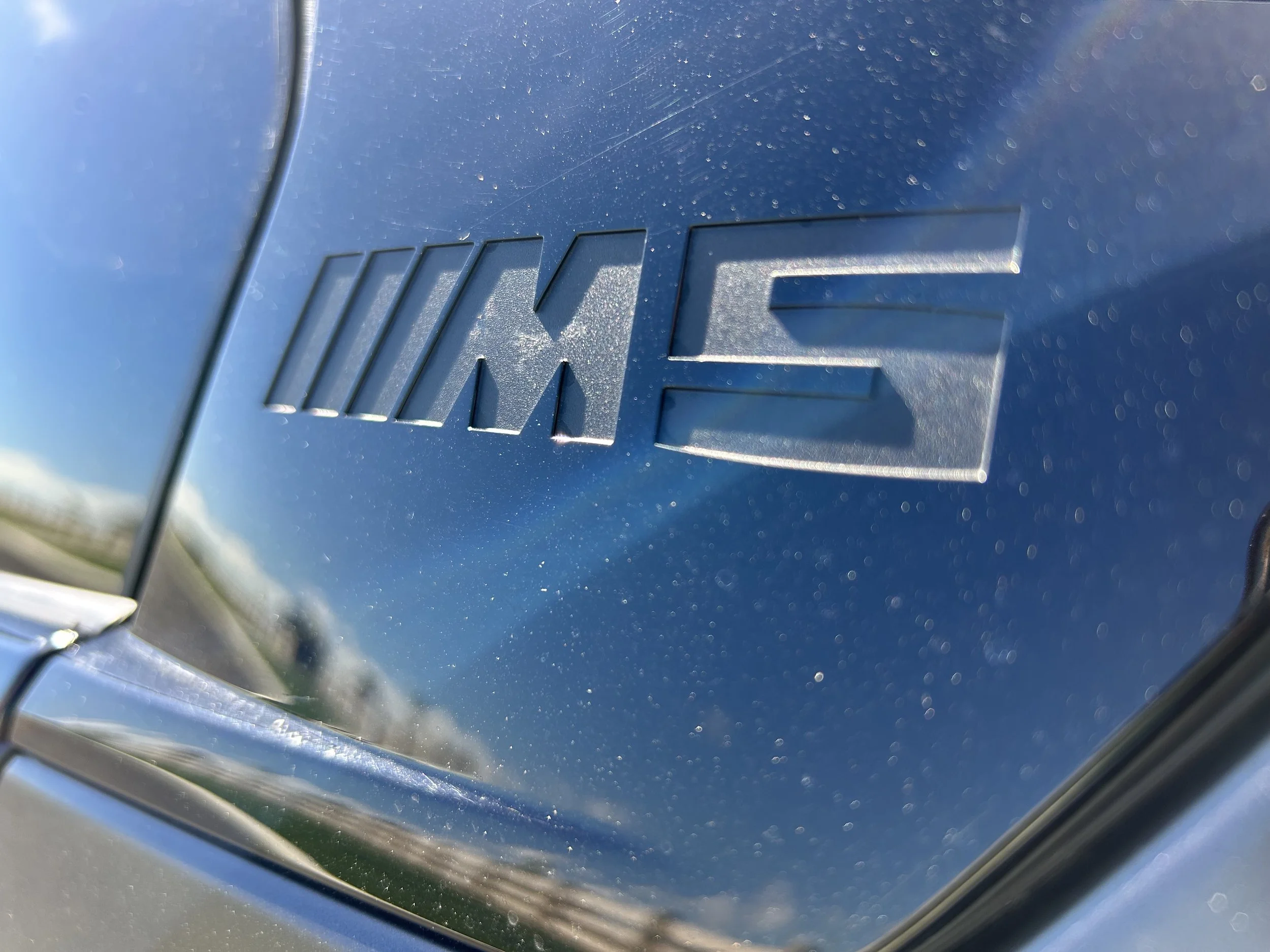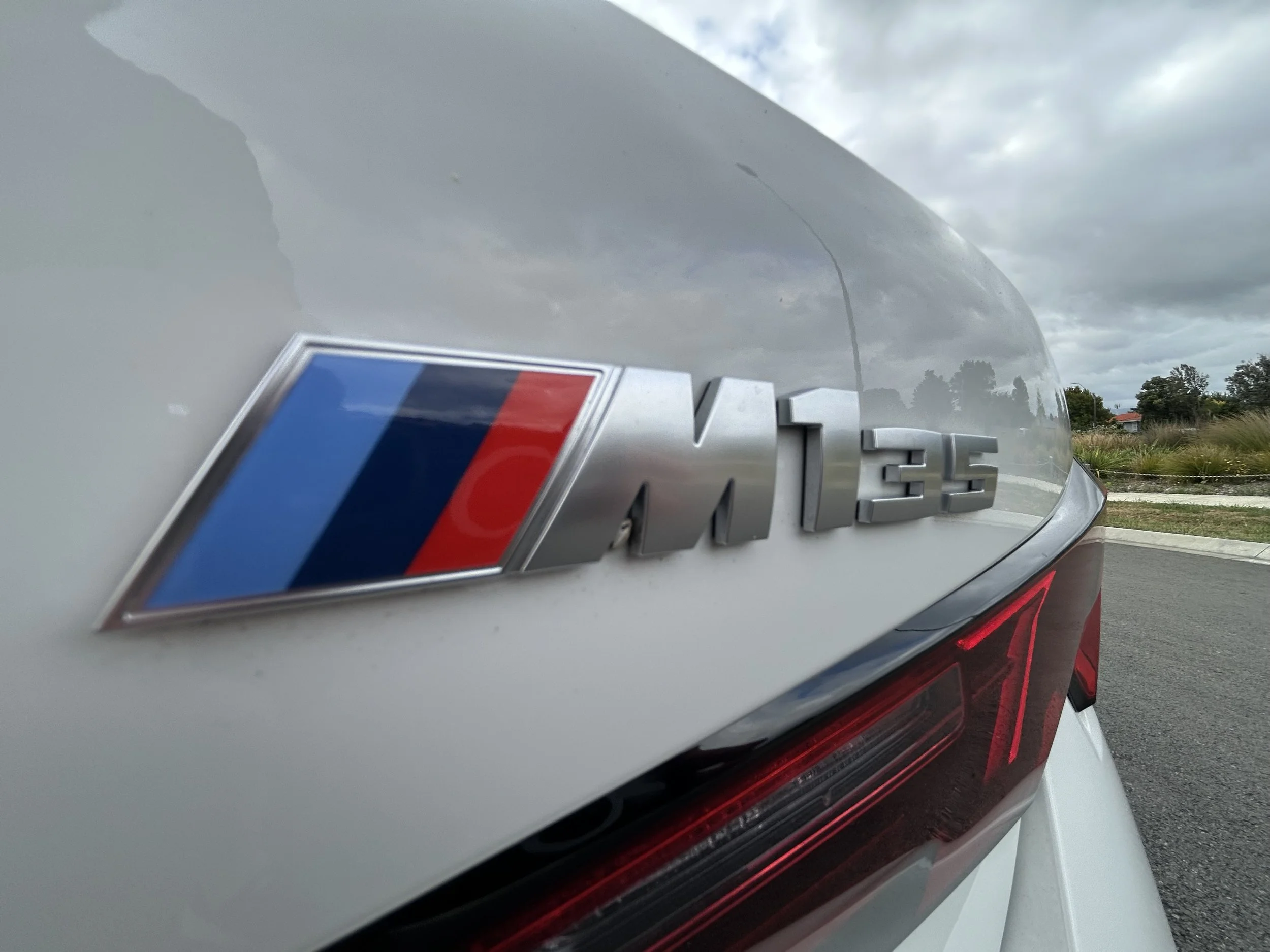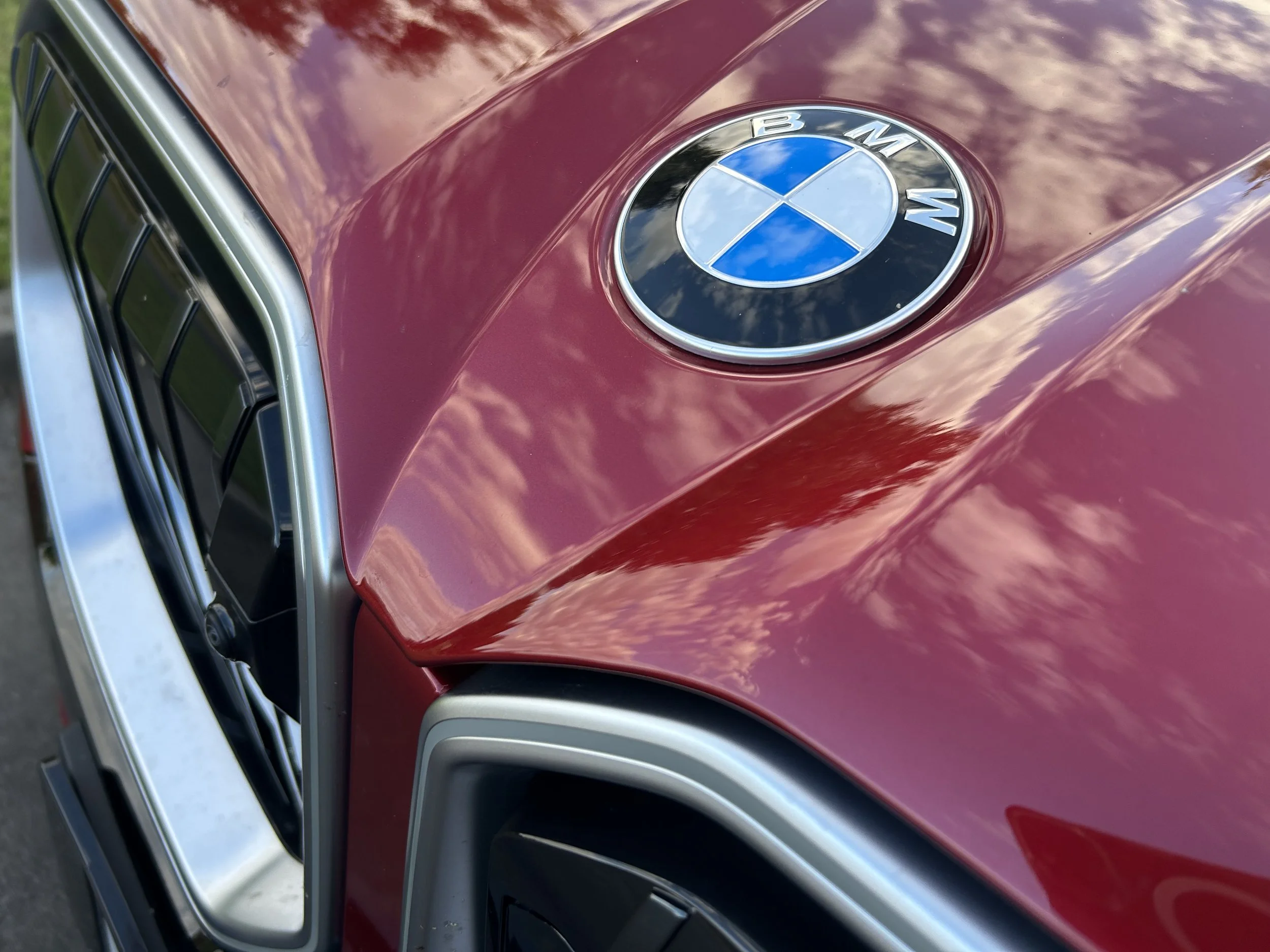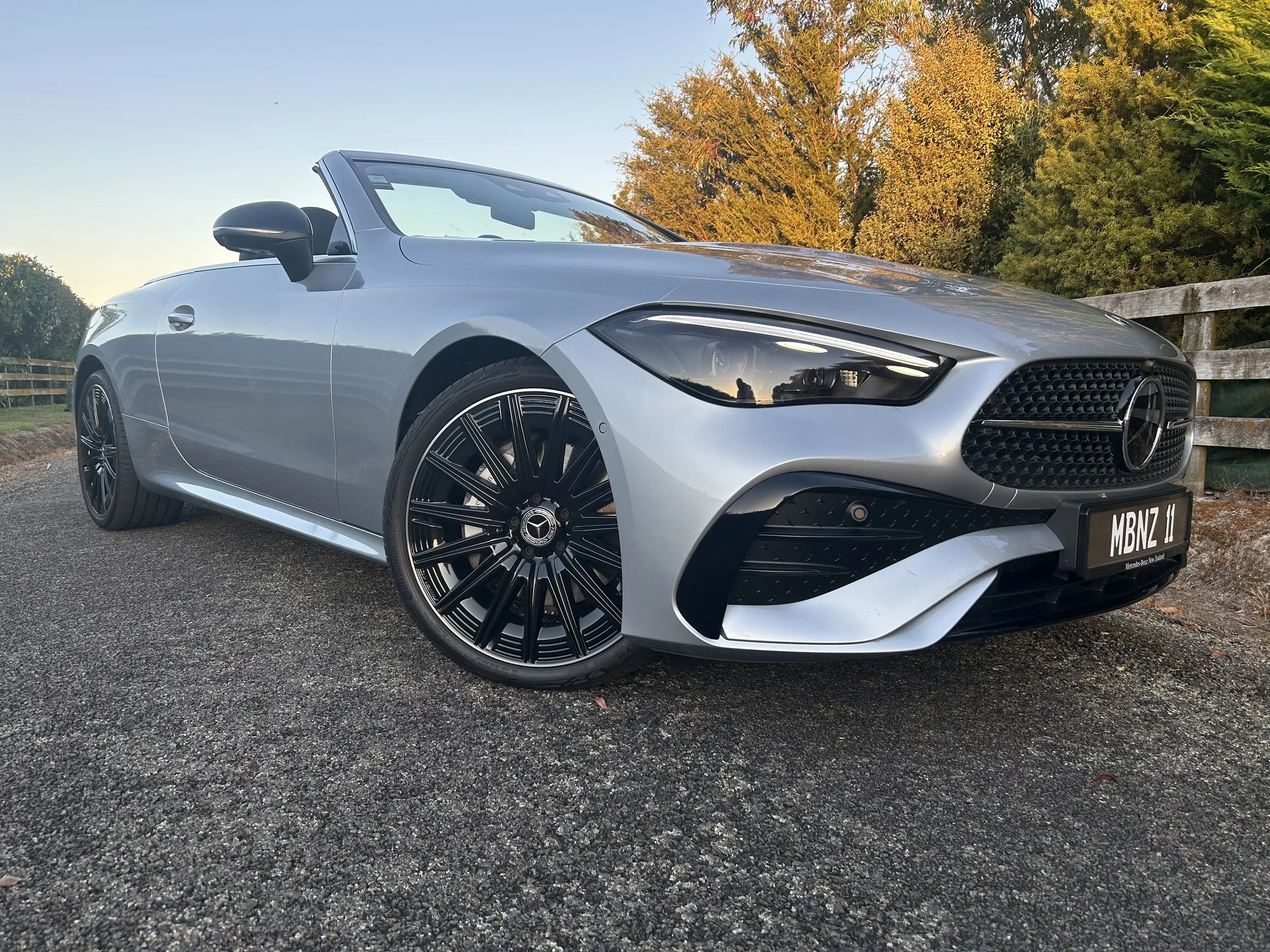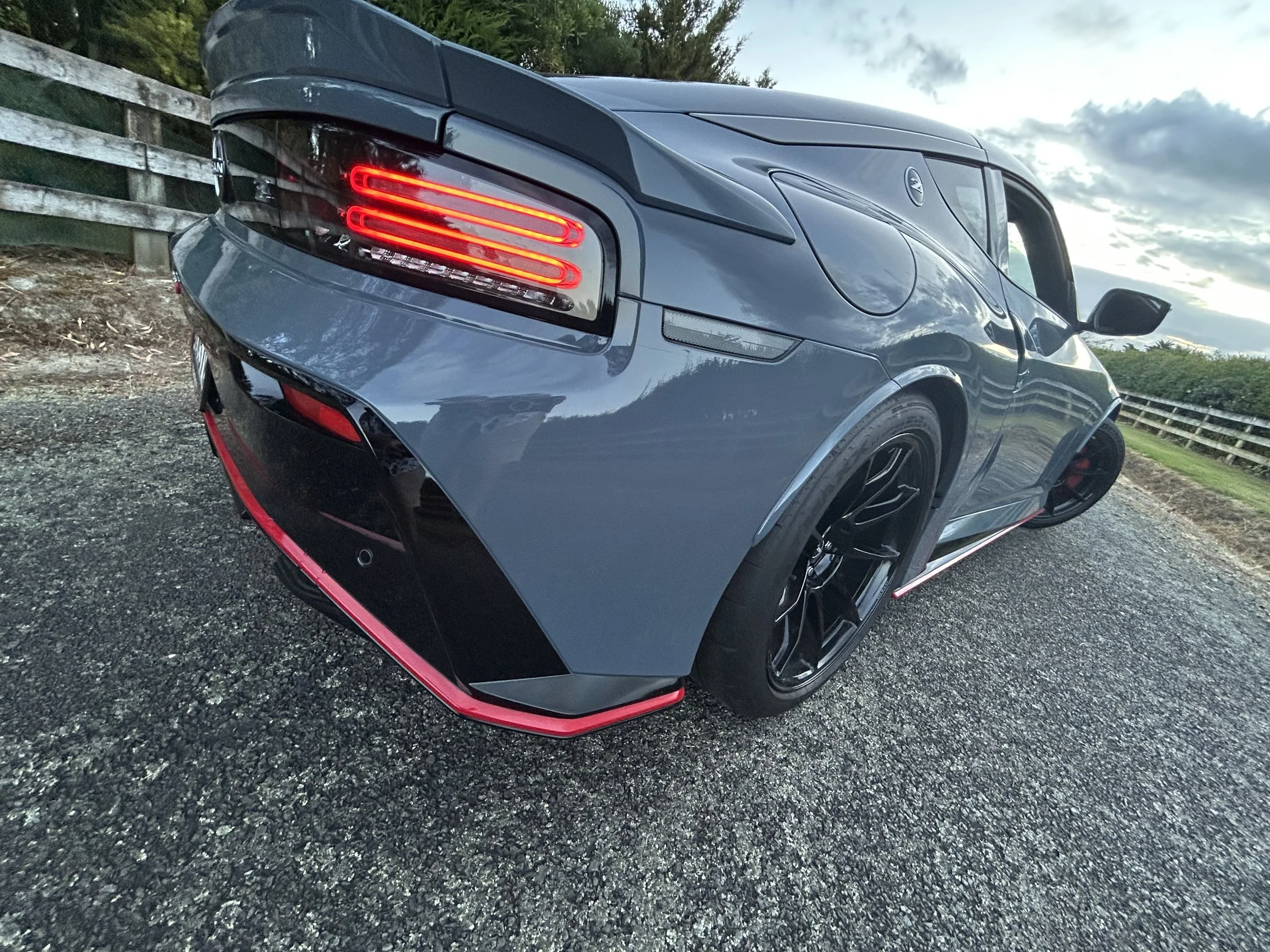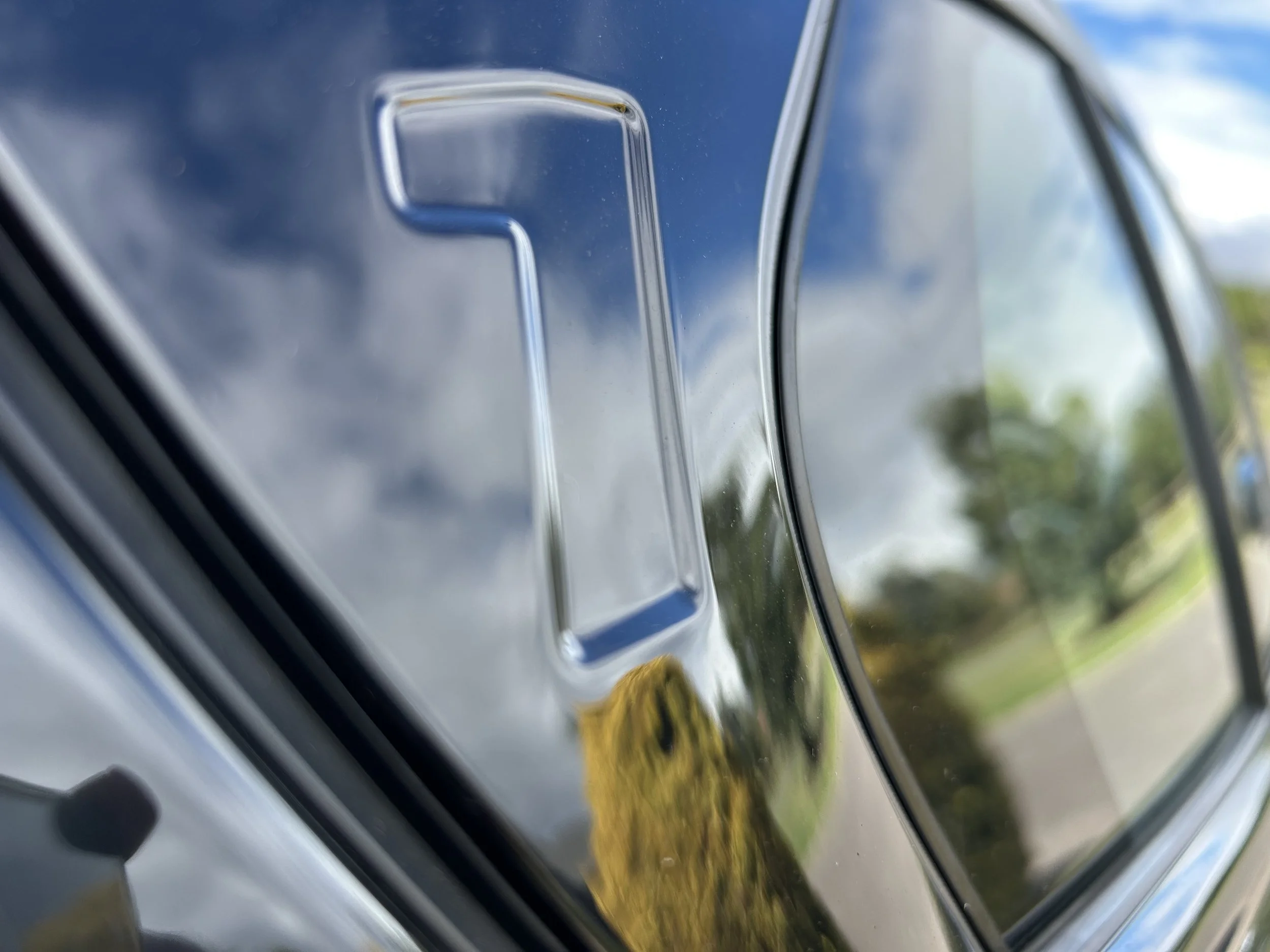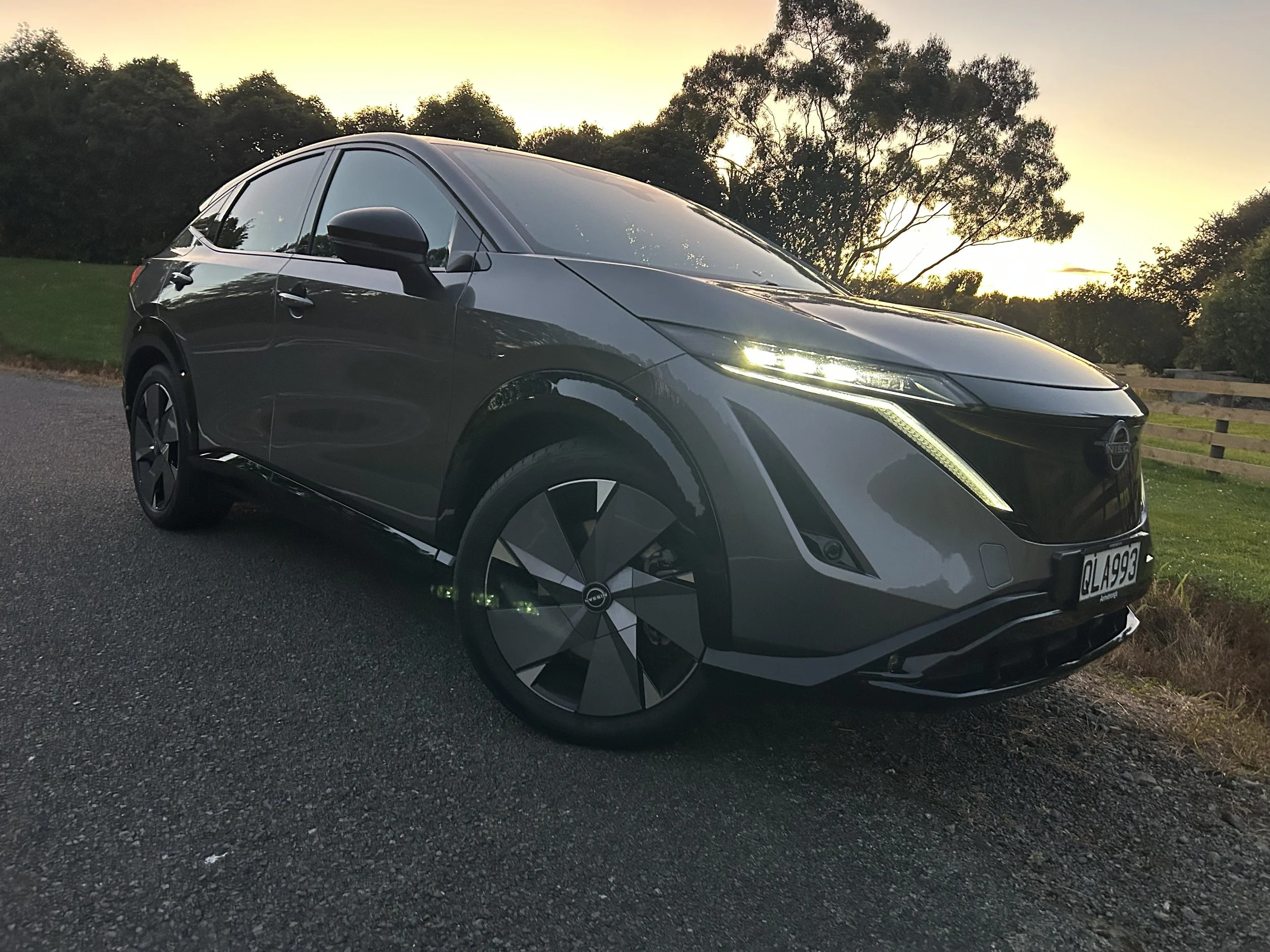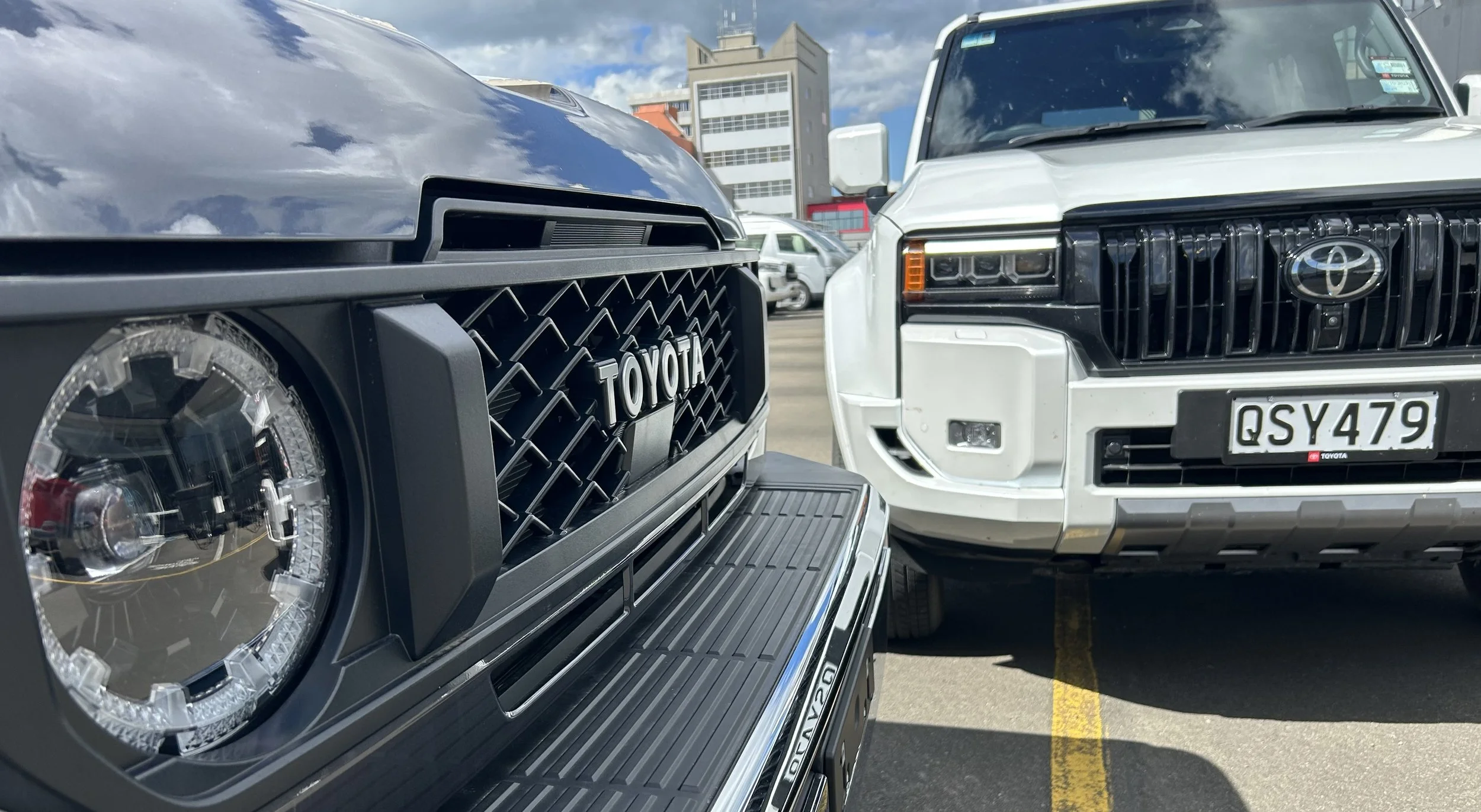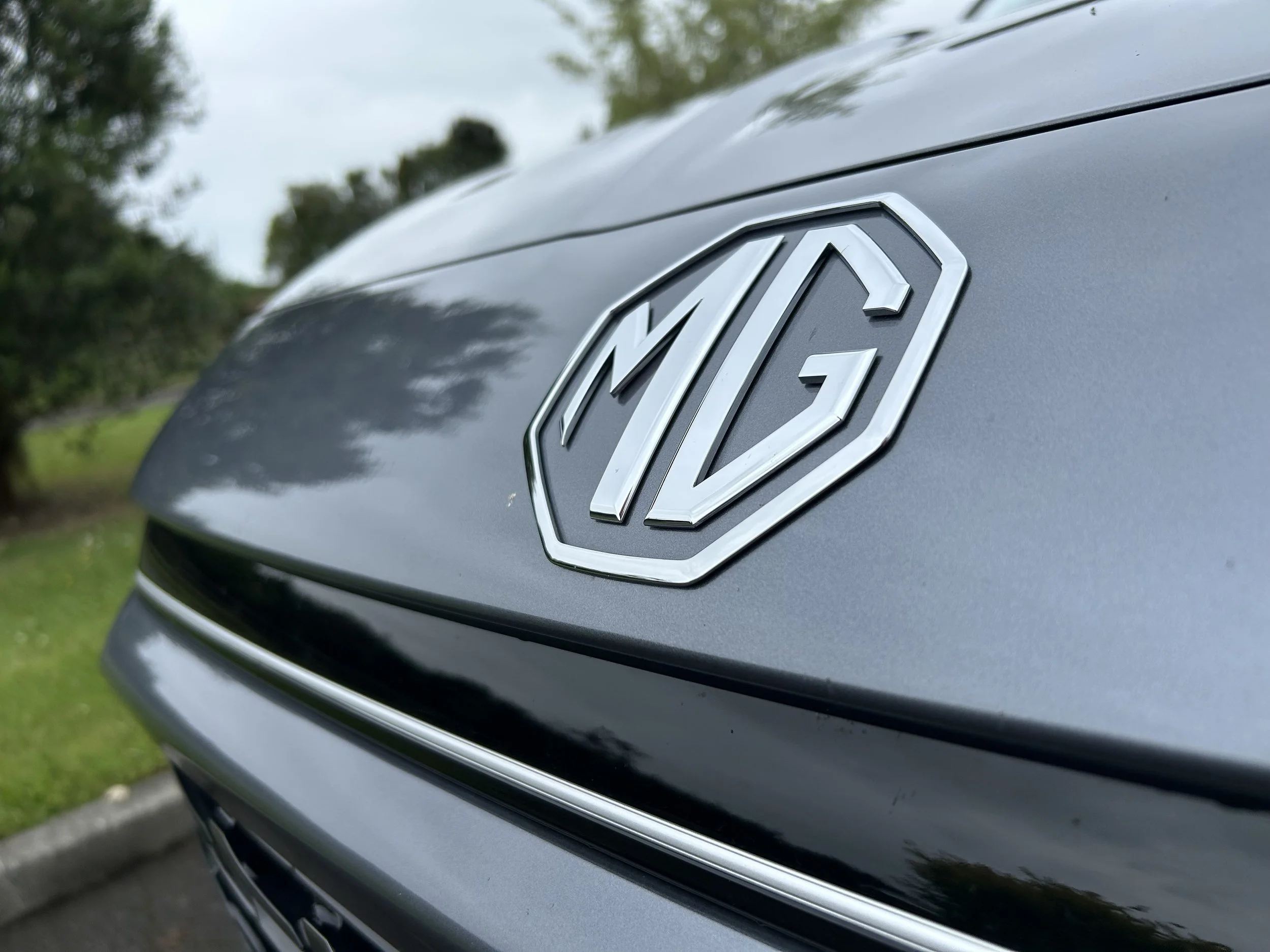M Town: Big bang event also a last blast?
/Is this extravagant ultimate power play at a celebrated NZ racing circuit a sign-off for BMW’s mightiest machines in fossil-fuelled formats?
IMPRESSION a just-started M car celebration laid on by BMW here at the moment could be a final hurrah for these hot rods in fully fossil-fuelled form is being downplayed.
As much as it agrees that electric seems to be set to be an M ingredient, the local distributor says the ‘when’ and ‘in what’ aspects are still be sorted and assures that product it offers presently is definitely sticking around for a while yet.
So, if customers attending the big M Town event currently on at Hampton Downs racing circuit to drive latest hard-core petrol-addicted fare - the new Competition editions of the M3 and M4 plus the recently-added M5 and M8 – plus an assortment of lower-tier M Performance models, are to raise this subject?
BMW New Zealand product and pricing manager Tim Michaelson offers several thoughts.
First, as much as head office has indicated that an M battery car seems likely, we can keep calm and carry on in respect to the ‘old school’ hot rods here now - they are not set to be short-stay residents.
Also, he says, little else can be said because it’s not company policy to speak about future product.
Finally, however the cards are played “I think M cars are always going to excite and exhilarate.”
Still, a path seems to be set. As much as sightings overseas this week of an even more radical M4, in ‘ready to race’ CS Clubsport trim, would seem to cement thought that the performance division is still developing more traditional product, it also has committed to going battery-powered as well.
M Division head Markus Flasch said in January his mob will have an “electrically powered performance automobile for the first time” later in 2021.
That would seem to time with the schedule for M Town. Assuming this high-production, big budget event first tried in 2019, with snow driving, continues to stage every second year, then the next will be in 2022 – the 50th anniversary of the performance badge.
So what chance we will see some plug-in-then-play cars next time around?
Michaelson’s comment about that is an acknowledgement that, yes, BMW has shown off a concept, the Vision M Next of 2019, which has been interpreted as a replacement for the petrol-electric i8 coupe.
Also, “globally there has been communication about future and concept cars. They have definitely signalled they are working on that.
“But I cannot comment on anything concrete at this point of time.
“They have not communicated anything officially about what is coming next nor have they said that these will be the last, if at all, combustion engines. There is definitely no communication around that at all.
“Electric is where things are headed and definitely BMW will be involved in that. I think M cars will always continue to excite people.
“(But) I don’t think anyone attending this event needs to worry about these being the last of the petrol M cars, in the short term.”
There’s talk Vision M Next won’t make production, due to cost, and that instead the first electric M cars will be based on two fully-electric products confirmed for NZ.
These are the iX arriving in a few months’ time and the i4 coupe set to release next year. The first is a SUV similar in size to the X5 and the latter is a low-slung five-door car, in the style that BMW calls a Grand Coupe, so is similar in look and dimension to the current M3.
Flasch is promising these cars will present “a completely new manifestation of the distinctive M feeling”.
For his part, Michaelson says he can sense a generally positive vibe from consumers in respect to BMW’s electric car planning.
As big as an oil to ohms transition will be, he also doesn’t imagine many, if any, M addicts coming through this event might relate thought that, if the petrol crusade ends here and now, today’s fare will be the last cars they will buy.
Still, if that was the case, what a way to see the oil era out: The $168,990 M3 sedan and $172,990 M4 two-door coupe sister ships, running a 375kW/650Nm turbocharged 3.0-litre in-line six cylinder, and the $234,500 M5 sedan and $342,900 M8 five-door Grand Coupe, sharing a turbocharged V8 but in differing tune – so 460kW and 750Nm in the first, 450kW and 750Nm in the other – are absolute standouts in their categories; huge shove, belligerent soundtracks and pin-sharp dynamics are common traits.
Useful for this occasion but maybe no other, is a new M3/M4 feature called an M Drift Analyser. This will give a driver a star rating out of five for how well they’ve achieved some sideways sliding. Just a shame no-one could work out how to actuate it to judge the skills of the professional drivers whose day-ending hot laps were the first occasion to experience the cars with traction controls disabled.
The track cars also had the optional M Carbon bucket seats, which look like the sort you’ll find in serious racing cars and come as part of a $9000-plus carbon pack. Worth it? They’re hard to get out of because of the curious raised insert bissecting the top part of the base. Officially, it’s designed to keep your legs in place under high corner loads. Don’t be surprised, though, if you hear sniggering remarks. As British motoring mag Autocar says, it runs risk of being miscontrued as “some kind of carbonfibre penis tray.” Don’t risk the embarrassment.
But yes, they’re furiously fast cars, though that’s not to say anything from the electric corner couldn’t be as captivating (except, of course, in respect to the soundtrack).
At the time of the i4’s 2020 launch, BMW said its 390kW powertrain ranked it “alongside a current BMW V8”. The i4 is capable of 0-100kmh in 4.0 seconds – so 0.1s slower than the M3 and M4, 0.7s off the M5 and 0.8s behind the M8. With a range of just over 595km though, it might go further on a tank than all of these and, of course, will be much cheaper to refill.
Michaelson says Hampton Downs is a great fit for M Town’s theme of being ‘the only place in the world where too much is just right.’
Getting to try the pukka M cars on the national circuit – at up to 160kmh - reminds that “M cars are born for the track. This is where people can enjoy these cars.”
Other challenges for media, influencers and brand ambassadors yesterday included putting a selection of lower tier M Performance product through handling and sprint exercises, taking the SUVs and crossovers around a tame off-road course and coming up with nice things to say about the M3 and M4’s latest facial look.
The M Town investment is worth it because this is a powerful letter in New Zealand. Our uptake of M or M Performance models is the world’s highest in percentile terms – one in every four BMWs sold last year were in either of those configurations.
M is also big for BMW internationally; 2020 was a record year of sales, Flasch reported recently.
Meantime, there’s no local comment yet about the M4 CS, which is still undergoing trials but should be in production next year.
Sightings this week of an engineering mule running on European roads reveal a deeper front splitter, reprofiled side skirts, a more aggressive rear diffuser and a larger ducktail spoiler. As with the M5 CS, it is expected the coupe’s bonnet will be swapped for a carbon-fibre-reinforced plastic replacement.
But it will be far more than a visual shake-up. The website for Britain’s Auto Express motoring magazine says engineers will undertake work on the M4’s chassis, too, fitting lowered suspension and new dampers. It also appears to have drilled brakes with larger calipers than on the M4.
Alongside changes to the suspension and braking system, BMW will aim to make the CS version lighter than the baseline M4 model with a number of revisions matching the 70kg weight reduction seen in the M5 CS. Depending on the scale of the weight-reduction, Auto Express believes, BMW could even look to reintroduce the CSL badge - it applied trademarks for both M4 CS and M4 CSL back in 2017.
Inside, the M4 CS should get a similarly race-inspired makeover with an Alcantara steering wheel, carbon fibre bucket seats and some new seat belts which have been branded with red and blue stripes - the signature colours of BMW’s M Division.
As for power? The pundits reckon BMW is all but certain to eke out a little more from the ‘D58’ straight six, perhaps as much as 395kW.


